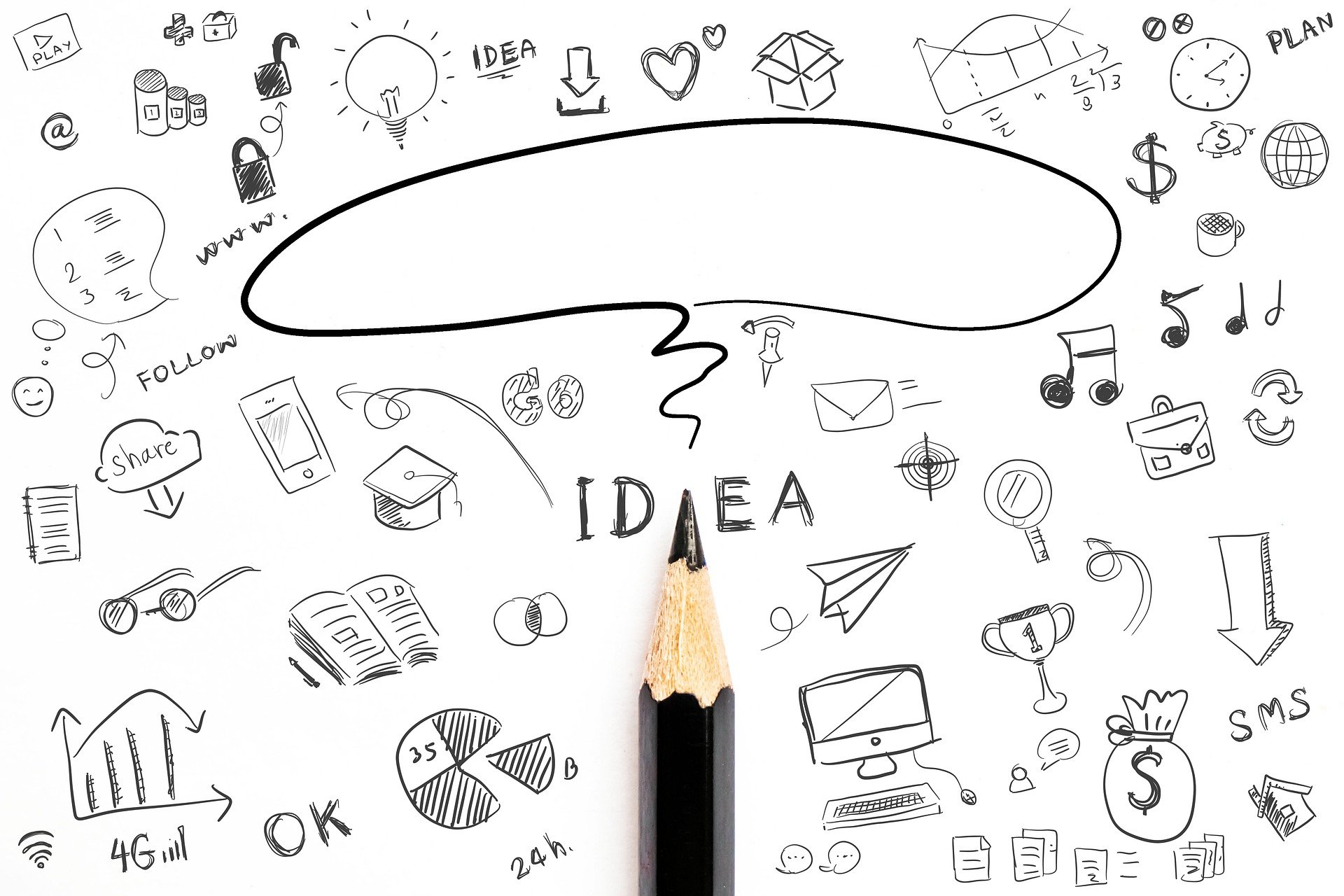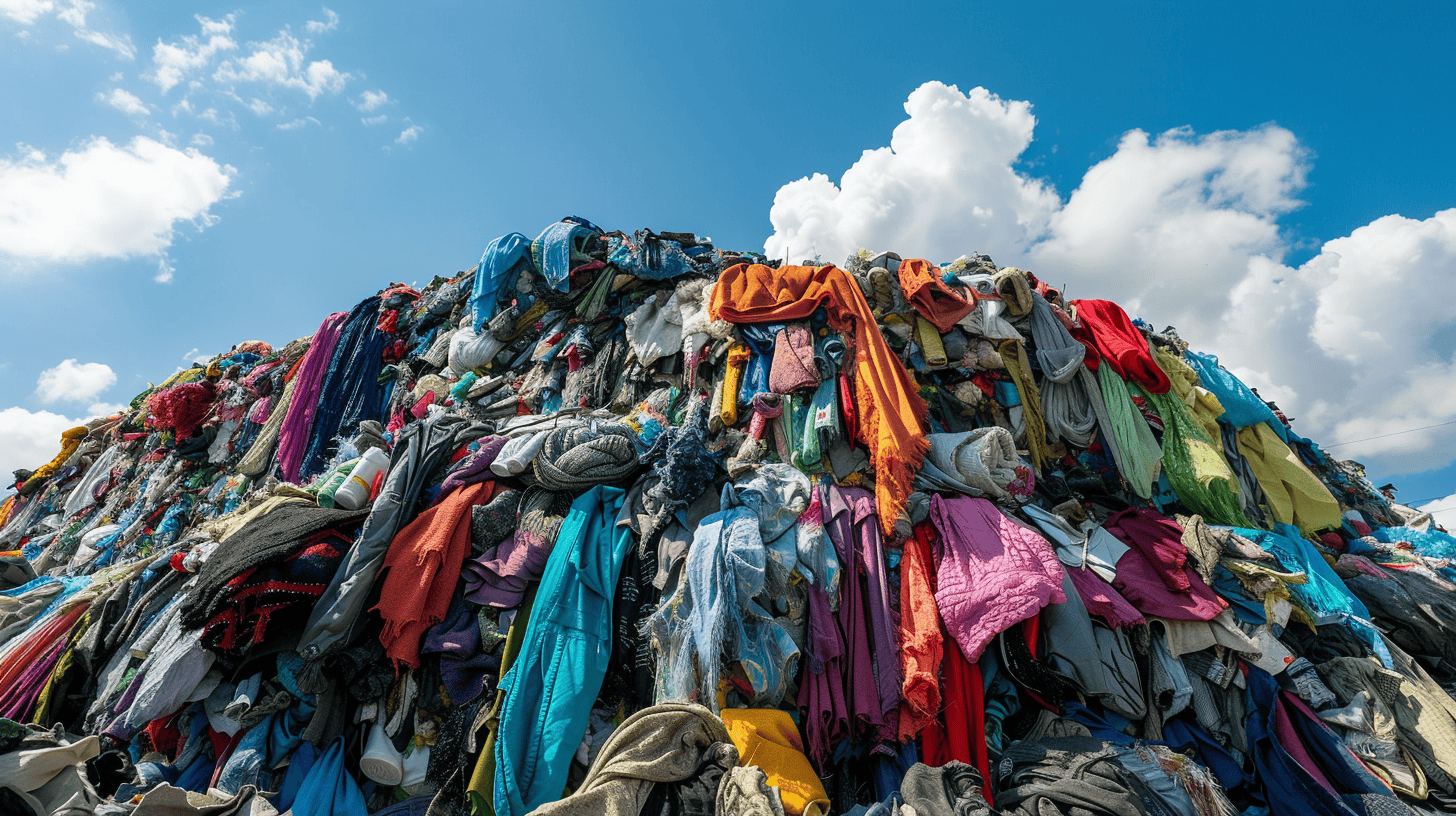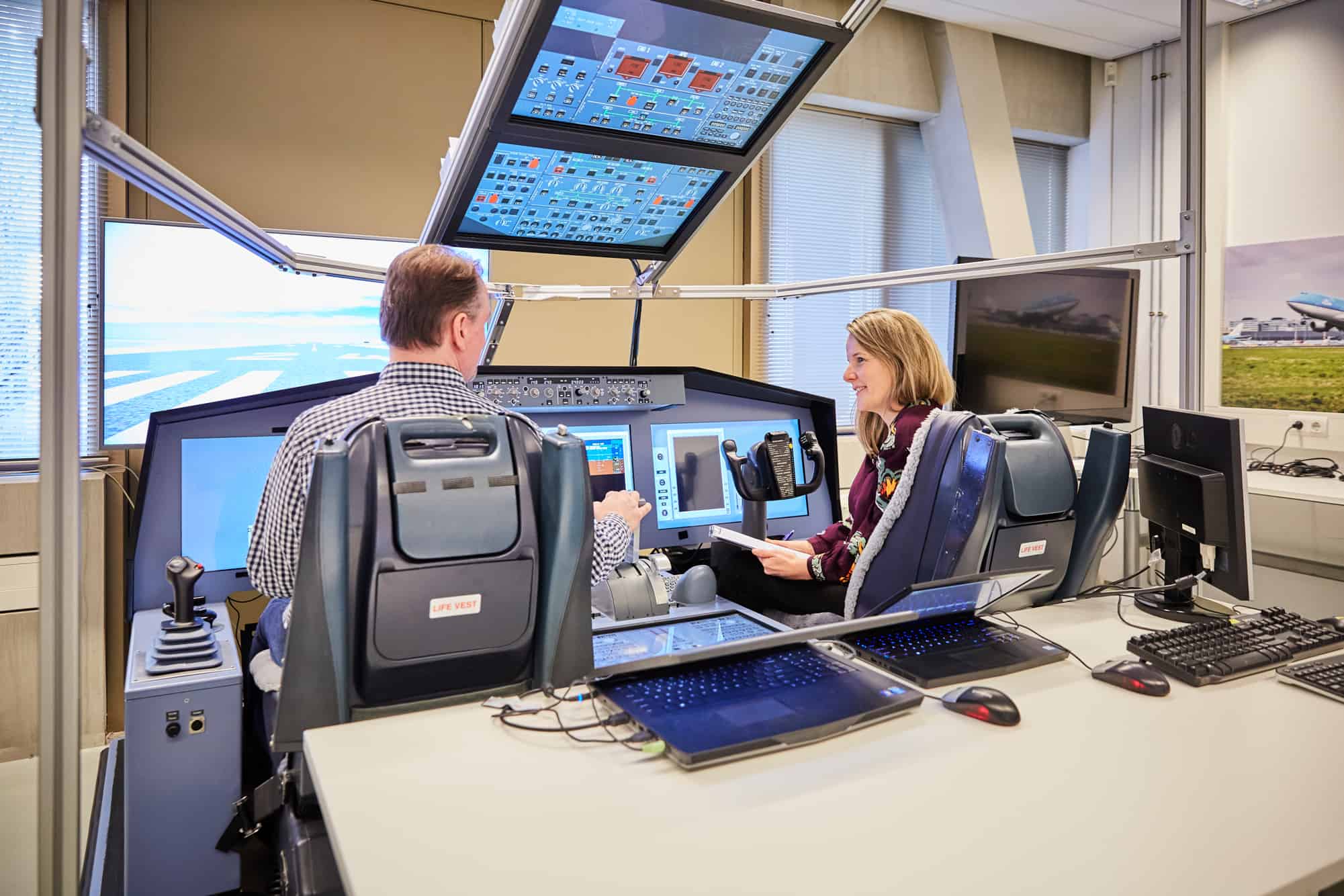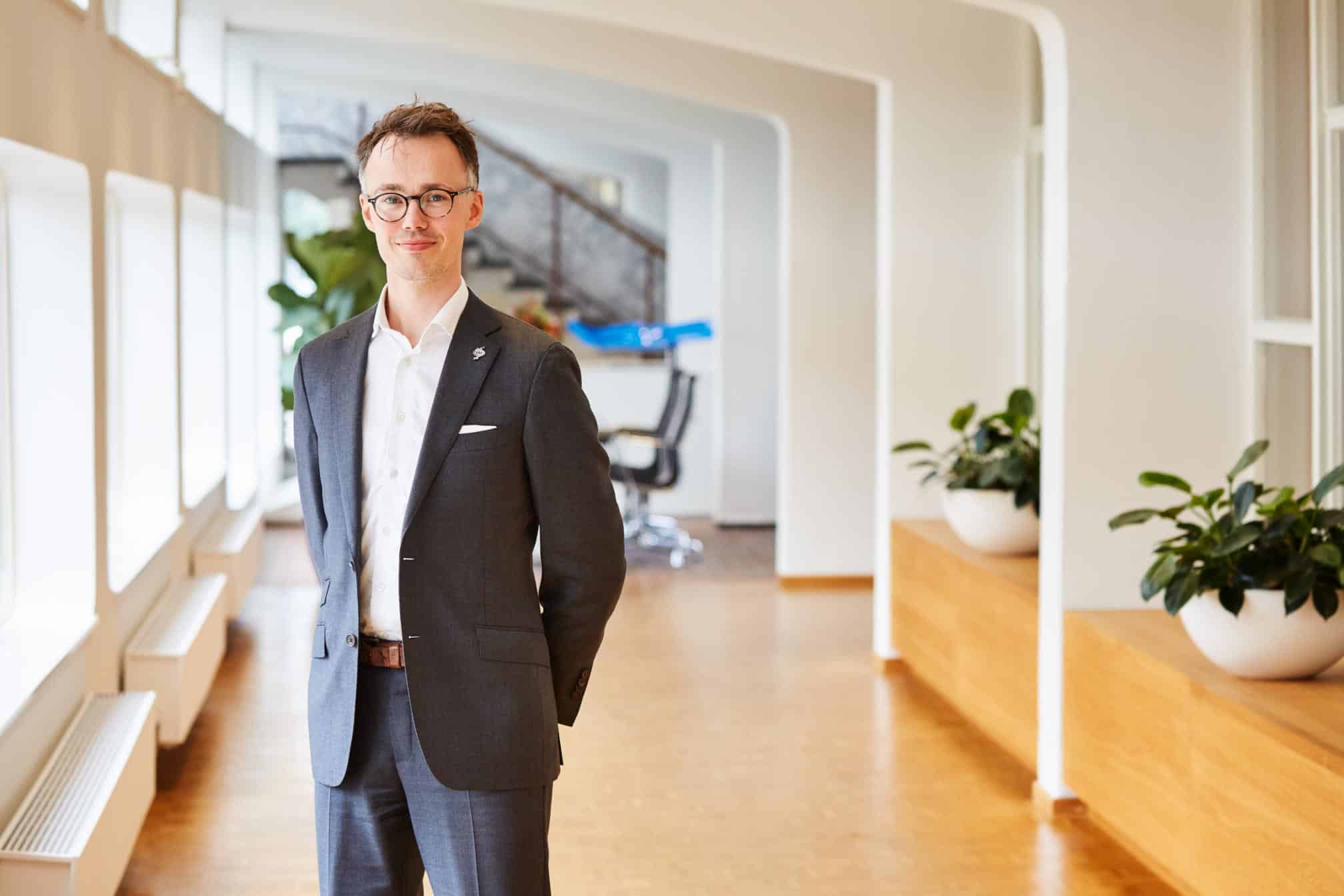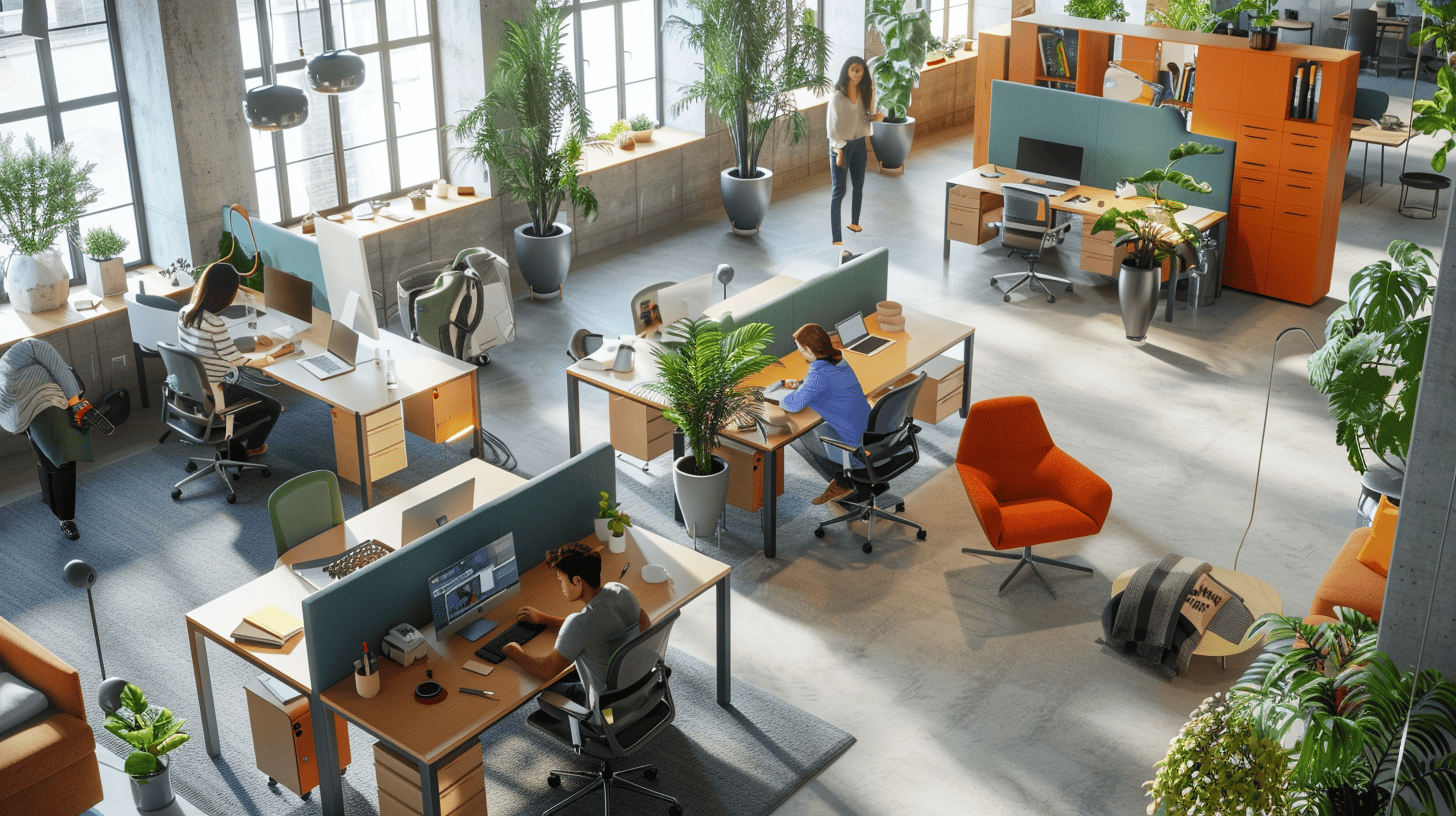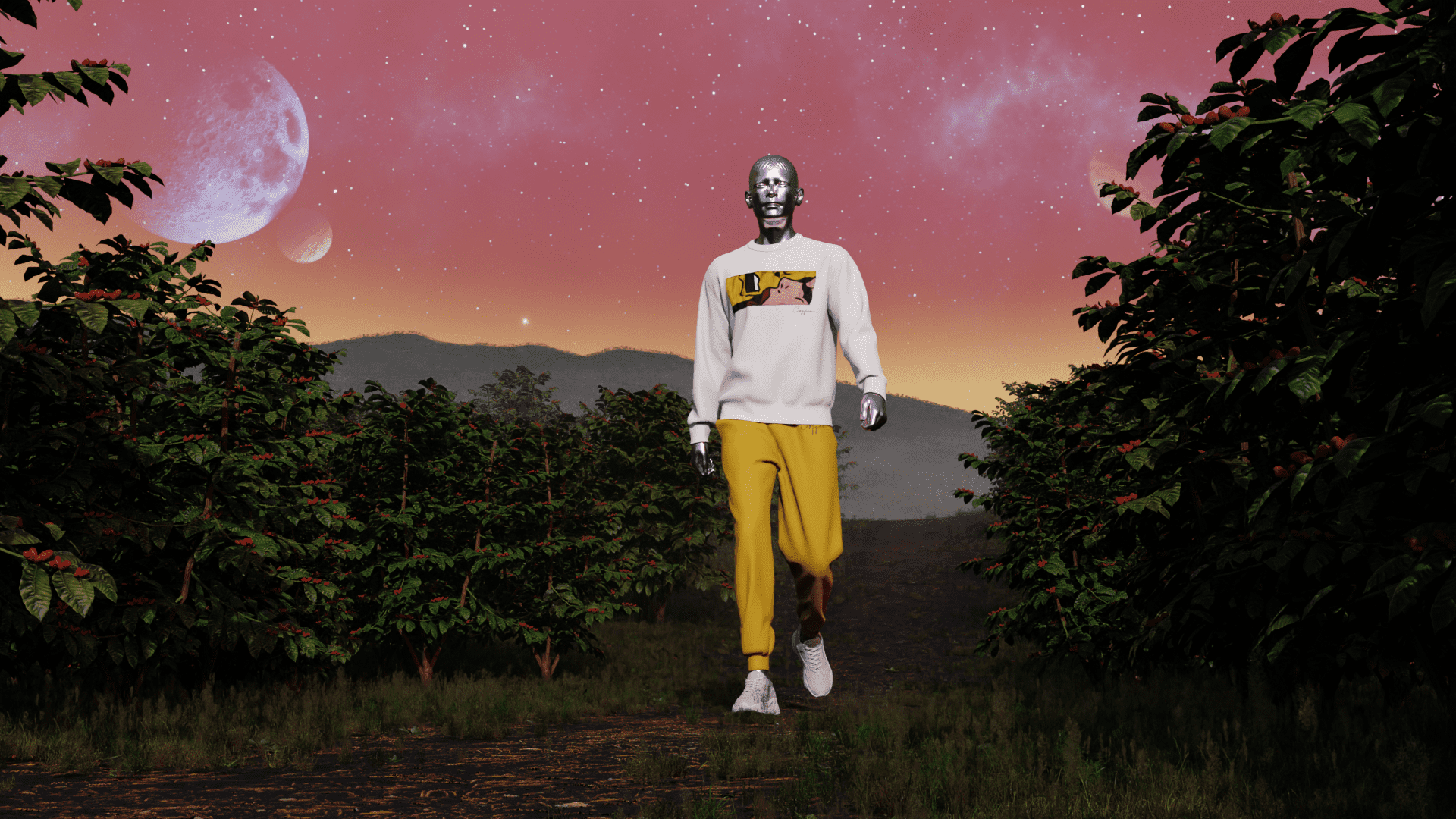
About Coffee Clothing
- Founders: Vanessa Stroet
- Founded in: 2022
- Employees: 8
- Money raised: -
- Ultimate goal: To make the fashion industry sustainable.
The fashion world today can be described as anything but sustainable. The textile industry pollutes drinking water and the sector’s carbon emissions are more than those of aviation and shipping industries combined. Fashion tech start-up Coffee Clothing wants to change that and recently launched a fully sustainable clothing brand that is based on indigenous pre-Colombian art. In this instalment of Start-up of the Day, founder Vanessa Stroet, who hails from Colombia, talks to IO about how her company is faring.
How did you come up with the idea of starting a business?
“I have always had a soft spot for sustainability. I once started a cosmetics webshop with products that were, among other things, free of any kind of animal testing. Also, I’ve always had a keen interest in fashion. As a little girl, I would often cut up my own clothes to make clothes for my dolls. When I found out that the fashion industry is one of the most polluting industries in the world, I thought: this has to be done – and can be done – differently.”
In what way is Coffee Clothing sustainable?
“There are companies that are doing a good job in terms of working conditions. Others are trying to curb overproduction. But I wanted to do better in all kinds of different areas. So I set out to be as sustainable as possible in five different ways. For example, I was able to reduce the number of chemicals we use in the production process to just 12. Normally thousands are used in a typical production process. Moreover, we don’t do physical fashion shows but virtual ones instead, and we design our clothes using 3D drawings.”
What are 3D drawings?
With the provision of 3D drawings, we avoid the need to use physical samples at the production stage. This means that the factory can read all the dimensions from a 3D model and the corresponding digital files. Any unclear issues can then be resolved digitally. Normally, up to fifteen physical sample stages are required before a sample is approved. Traditionally, it proceeds as follows: A tech pack is received (in which the design is explained in detail for the factory), then the first sample is sent back, feedback is given, adjustments take place and another sample is sent and so on. Apart from the unnecessary overtime spent on all the machinery and labor, it also means that these samples are continuously being sent over for approval. Therefore, by working with 3D drawings we’re able to prevent this from happening.”
And how does this kind of virtual show work?
“I created a collection with a total of sixteen items and eight different looks. Imagine that you do a physical fashion show, and it turns out afterwards that two looks are liked and the rest not so much, then you will have produced items of clothing that you end up not using. So I came up with the idea of doing a fashion show in a virtual location with virtual models. A program then uses 3D drawings and turns them into 3D clothing items that the models wear. My virtual models wound up walking around a coffee plantation during the fashion show.”
Where did the name of your company actually come from?
“I am originally from Colombia. Many of my relatives live on a farm there and work in the fields as coffee pickers. So coffee has always meant a lot to me. It was literally our livelihood. When I heard that coffee was the first FairTrade product in the world, I thought: this is a really wonderful symbol. I want to start applying it in the fashion industry.”
What has been your biggest milestone so far?
“The biggest milestone was the moment I showed my work to the outside world for the first time at an event. People were able to take a look at the production process and the design process there. I spent four years setting up the company. A lot of people knew more or less what I was doing, but only really saw its potential during the event. That was a pretty amazing time.”

What kinds of challenges are you running into?
“I still find it quite a challenge to be able to gauge exactly how well a drop is received. I want to avoid overproduction as much as possible, because that’s not sustainable. What’s more, I sometimes find it quite a chore to determine exactly which avenues I want to go down with my company. For example, we are currently holding talks with parties aimed at doing something with Non-Fungible Tokens (NFTs). This is a form of proof of ownership for digital products. We would like to start a community where you can take part in deciding what our NFTs will look like. For example, think about releasing unique avatars for each collection.”
What do your future plans look like?
“I would love it if consumers could digitally try on an item in my webshop. Then they can ‘try on’ the garments online by projecting them onto a picture of themselves. I am now exploring with our partner Studio Acci to what extent it would be possible to add this option to the webshop.
Apart from this, I am thinking about selling clothing in the metaverse. Consumers will then be able to purchase items there as well. The metaverse is still fairly new, but I see a lot of opportunities as far as making our clothing items available in digital form is concerned. Think of dressing your avatar in our clothing items as part of a game. Or that you could visit our digital store in the metaverse and try on and purchase those items there.”
Where do you hope to be in ten years from now?
“I hope that by then we will have found success in both the real world and online. I firmly believe in the power of physical and digital.”
